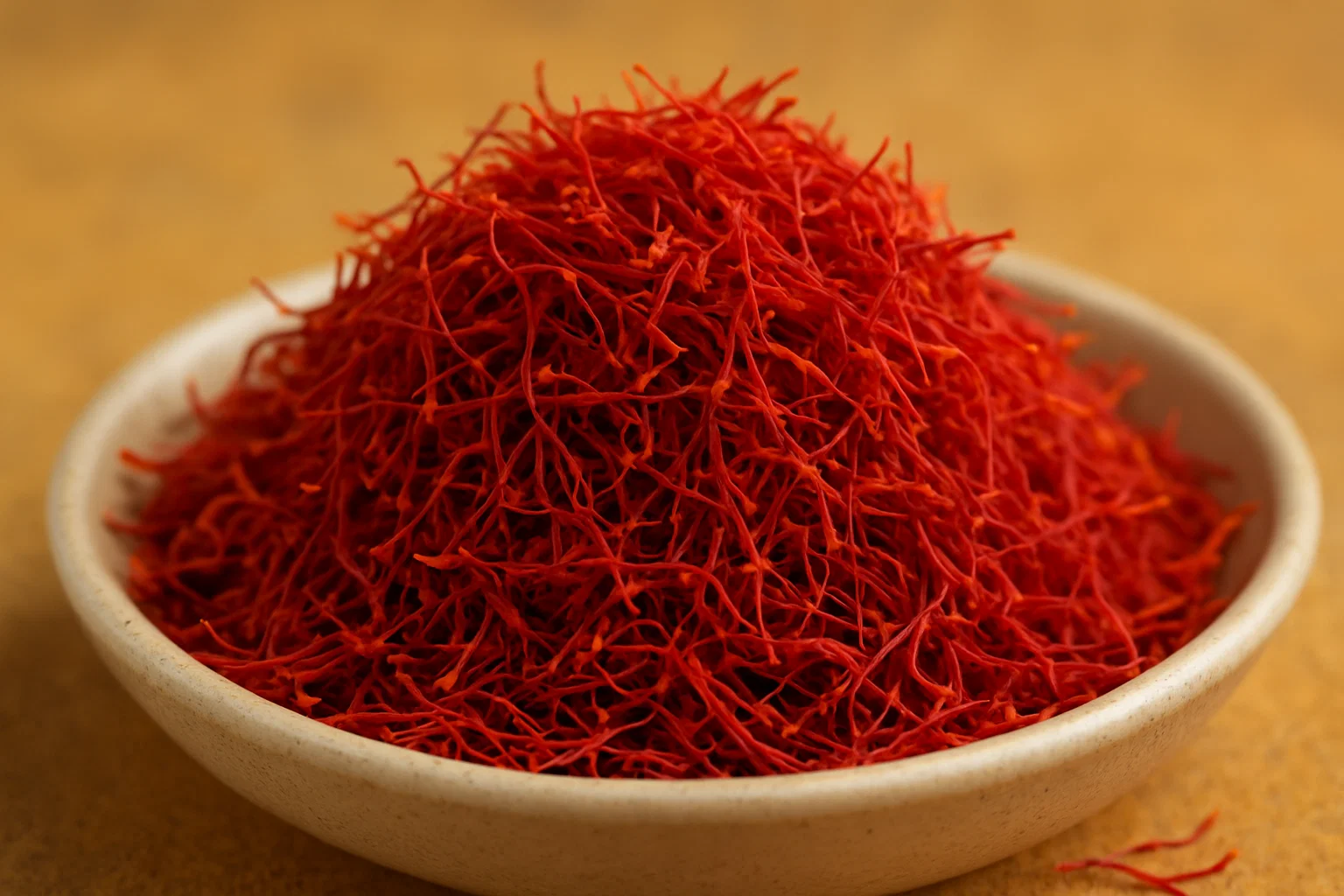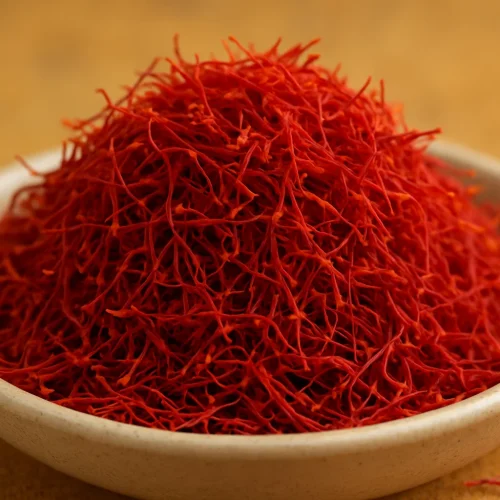Kesar, also known as saffron, is one of the most valuable spices in the world. With proper care, it can now be grown at home in pots, gardens, or balconies. Home-grown saffron ensures chemical-free spice while adding beauty to your space.
Why Grow Kesar at Home?
- Cost-Effective: Save money by growing your own saffron instead of buying expensive imports.
- Organic Spice: Control quality and avoid chemicals.
- Medicinal Benefits: Improves mood, aids digestion, and boosts immunity.
- Aesthetic Value: Purple flowers enhance your garden’s beauty.
- Educational & Fun: Learn gardening and spice cultivation.
Ideal Conditions for Kesar Cultivation
1. Climate
Saffron thrives in cool winters and warm, dry summers. Optimal temperature: 15°C–20°C. Frost-tolerant but avoid excess humidity.
2. Soil
Well-drained, loamy soil with good aeration is ideal. Slightly sandy soil prevents waterlogging. Soil pH: 6–8.
3. Sunlight
Full sunlight for at least 6–8 hours daily is essential for flowering and growth.
4. Watering
Water moderately. Overwatering can rot corms; under-watering slows growth.
Step-by-Step Kesar Home Farming Guide
Step 1: Selecting Quality Corms
Choose healthy, firm, disease-free corms. Larger corms yield more flowers. Avoid soft or shriveled bulbs.
Step 2: Preparing the Soil
Mix garden soil with well-rotted compost or manure. Ensure good drainage using raised beds or pots.
Step 3: Planting Corms
Plant corms 5–8 cm deep and 10–15 cm apart. Best season: late summer to early autumn. Place pointed end upwards.
Step 4: Watering
Water immediately after planting. Moderate watering until sprouts appear. Stop watering during flowering to prevent rot.
Step 5: Fertilization
Use organic fertilizers or compost at planting. Avoid chemical fertilizers. Supplement phosphorus and potassium if needed.
Step 6: Flowering
Saffron blooms in autumn (October–November). Each corm produces 1–3 flowers per season. Timely harvesting is essential.
Step 7: Harvesting
Pick red stigmas early in the morning using tweezers. Dry in a dark, ventilated place. Store in airtight containers away from sunlight.
Common Challenges and Solutions
- Root Rot: Caused by overwatering. Use well-drained soil or raised beds.
- Pests & Rodents: Protect corms with nets or natural deterrents.
- Low Flowering: Ensure healthy corms and sufficient sunlight.
Tips for Maximizing Yield
- Use large, healthy corms for better yield.
- Use deep pots (30–40 cm) to allow root growth.
- Rotate corms every 3–4 years for consistent production.
- Keep soil slightly moist but never soggy.
- Use organic pest control instead of chemicals.
FAQs About Kesar Home Farming
Can I grow saffron in a small balcony?
Yes, using deep pots with well-drained soil works perfectly.
How long does it take for saffron to bloom?
Corms planted in late summer bloom after 6–8 weeks in autumn.
How much saffron can I harvest from home cultivation?
From 100 corms, expect 2–3 grams of dried saffron per season.
Conclusion
Kesar home farming is rewarding and profitable. With proper care, soil, and sunlight, even small-scale growers can enjoy high-quality saffron. Start your saffron garden today and experience the luxury of home-grown golden spice!







